Five industries that benefit from a healthy Bay
From aquaculture to water utilities, a clean Chesapeake Bay is good business
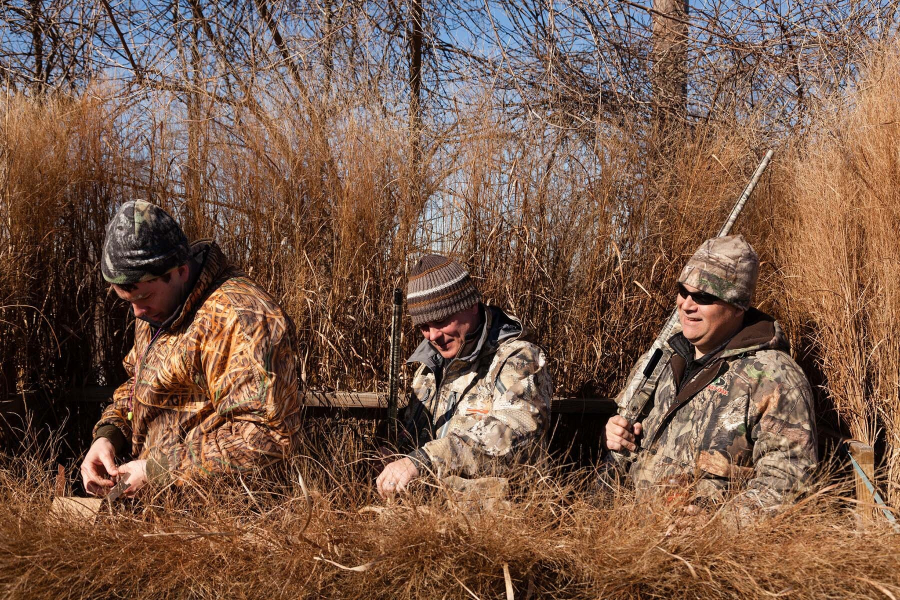
A healthy Chesapeake Bay brings with it a multitude of benefits, including cleaner water for swimming and boating and habitat to support more fish and wildlife. But when Chesapeake Bay Program partners signed the Chesapeake Bay Watershed Agreement in 2014, they committed to a vision for a wholly sustainable Bay: not just environmentally, but economically as well. Spanning six states and Washington D.C., the Chesapeake Bay region contains more than 18 million people who are all connected to the Bay and its waterways, and many of whom, whether directly or indirectly, rely on the Bay’s contribution to the region’s economy. Below are five industries tied to a healthy Bay.
Recreation and tourism
The Chesapeake Bay, its rivers and streams and the surrounding forests, mountains and outdoor sights are a huge draw to visitors, both watershed residents and those from out of the area. The region’s 55 National Park Service sites, scores of state parks, 15 wildlife refuges, 1,269 public access sites and hundreds of cultural areas draw millions of people to the outdoors each year to enjoy all these sites have to offer.
According to the U.S. Fish and Wildlife Service, over 16.5 million people in the states of Delaware, Maryland, New York, Pennsylvania, Virginia and West Virginia participated in wildlife-related recreation, such as hunting or bird-watching, in 2011. Furthermore, those people spent over $18 billion dollars on trip-related expenses, equipment and other needs.
Millions of visitors means a need for staff to operate the parks, guides to lead trips, outfitters to supply equipment, hotels to house visitors and so much more. Employers in recreation and tourism in the region support over 820,800 jobs and over $13 billion in income annually; another 20,000 self-employed participants also attribute to this industry.
While all of these parks and public access points are important, watershed residents don’t reap all the benefits if they are not healthy—which can in turn hurt local businesses. For example, chemical contaminants in the water can be ingested and carried by fish of all sizes, and subsequent fish consumption advisories can lead to fewer trips on the water and lost sales at gear shops. Similarly, a 2005 fish kill in the Shenandoah River, likely caused by poor water quality, led to an estimated $700,000 in lost retail sales and revenue.
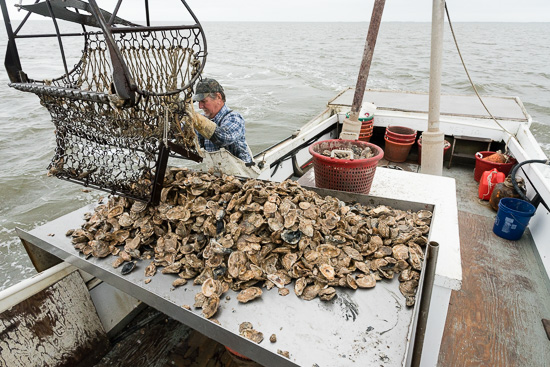
Commercial fishing
Commercial fishing has long been associated with the Chesapeake Bay. The iconic image of the Bay is of watermen out on the water, putting down crab pots or tonging for oysters. These aren’t just images, but real people doing real—and often difficult—jobs. According to the National Oceanic and Atmospheric Administration, the fishing industry accounts for 7,952 jobs in the states of Delaware, Maryland and Virginia.
Blue crabs are an important species that require clean water, abundant beds of underwater grasses and sufficient dissolved oxygen to survive. A healthy Bay not only supports the stability and growth of their population, but also supports a regional—and national—industry. In 2014, Maryland and Virginia accounted for over one-third of total blue crab landings revenue in the United States, totaling over $80 million.
Outside of the Bay itself are rivers and streams that are vital habitat to important species like striped bass. Also known as rockfish, striped bass return to the Bay each year to spawn in its freshwater tributaries, and are a prized up and down the East Coast for commercial and recreational fishing.
Along with oysters, blue crabs and striped bass, the Bay and its tributaries support fishing of scallops, black sea bass, menhaden, summer flounder and white perch—to name a few.
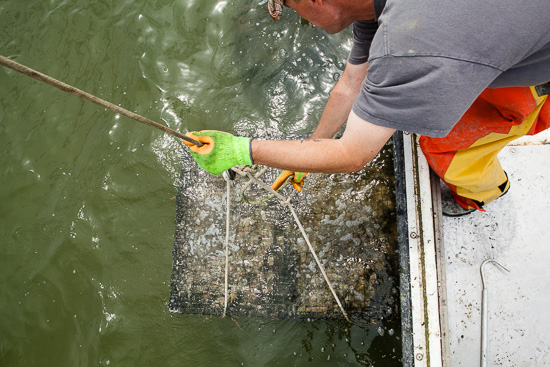
Aquaculture
Aquaculture, or underwater farming, is the growing of fish and shellfish in a controlled environment. According to the U.S. Department of Agriculture, 137 aquaculture farms in Maryland and Virginia generated nearly $62 million in sales in 2013. Two-thirds of those farms were raising shellfish like clams and oysters and likely used the Bay and its tributaries to grow their stock. A clean Bay means healthy oyster habitat: the water needs to be clean enough to keep so that their oysters aren’t buried in sediment or exposed to other things that could weaken and kill them.
Aquaculture is a particularly large industry in Virginia, where in 2013, it made up over 30 percent of hard clam and Eastern oyster aquaculture sales in the U.S.
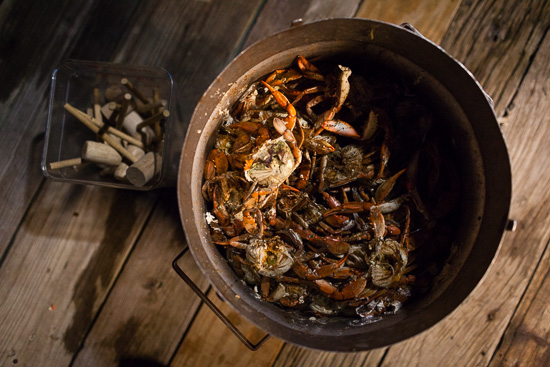
Seafood industry
Outside of the growing or catching of fish is an entire industry situated to support it. Distributors transport fish to supermarkets, canning facilities and restaurants that turn around and sell that food to consumers. Some fish is processed and turned into other products such as fish oils and pet food. From processors and dealers to wholesale and distributors, the seafood industry contributes to over 24,000 jobs in Delaware, Maryland and Virginia.
With more and more people wanting to buy local food, supermarkets and restaurants both on the Bay and throughout the region benefit from having an abundance of watermen and commercial fisheries nearby.
But the process doesn’t end at the table. Organizations like the Oyster Recovery Partnership collect oyster shells and return them to the Bay and its tributaries to help bolster and rebuild oyster reefs. While baby oysters can grow on a number of surfaces, they prefer to attach to oyster shells, so recycling old shell is the best way to promote reef growth. And since oysters are filter feeders—meaning they help clean the Bay’s water as they eat and grow—more oysters means a cleaner Bay and a stronger seafood industry.
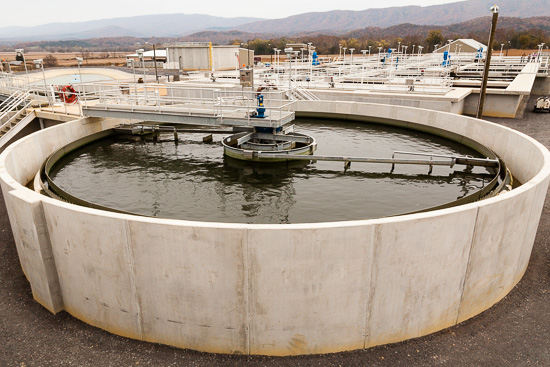
Water utilities
Restoring the Bay’s health means reducing the amount of pollutants like nutrients and sediment in the rivers and streams that empty into the Bay. But sending cleaner water to the Bay also means sending cleaner water to utility companies and wastewater treatment plants. By reducing the amount of pollutants in the water, water utility companies reduce costs needed to bring water up to standards. A study by the U.S. Environmental Protection Agency found that for every $1 spent of source-water protection, $27 were saved in water treatment costs.
One of a utility’s biggest costs is removing coagulants—sediment—from the water. A Brooking’s Institute study found that a one percent decrease in sediment in the water can lead to a 0.05 percent decrease in treatment costs. If there is less sediment in the water, then companies can save money on treatment and focus it instead on infrastructure upgrades and other projects. Potentially, those savings will be passed down to consumers through a lower water bill.
The list of businesses and sectors that benefit from a healthy Bay does not end here. Watermen buy fishing equipment, charter boats require service and tourists who visit the area spend their money in hotels, shops and restaurants. Restoring the Chesapeake Bay is good for the critters that live in its watershed, but it’s also good for us.
Does your work benefit from a healthy Bay? Let us know in the comments!

Comments
Very good job with this article!
Nice
Thank you!
Your comment has been received. Before it can be published, the comment will be reviewed by our team to ensure it adheres with our rules of engagement.
Back to recent stories